The Great Seesaw: A new view of the Western world 1750–2000
Macmillan, 355 pp, $35 hb
The Great Seesaw: A new view of the Western world 1750–2000 by Geoffrey Blainey
Narrative history, the sort that tells a story starting at one point in time and ending at a later point, is now out of favour. Some write sociological history focused on class, gender, race, or the family. Others prefer the slice approach concentrating in depth on specific years, or the semiotic spatial history of Paul Carter’s The Road to Botany Bay. Before all else there must be a Theory.
This presents a dilemma for those of us with a bent for writing narrative history. Some resolutely ignore theory and, ignoring the pity of younger colleagues, stick to good old empiricism. For one of our finest practitioners of narrative history, Geoffrey Blainey, this has hardly been possible. Growing up in the postwar University of Melbourne at a time of lively debate between Marxists and Catholics; Blainey has pursued his entire career in Melbourne; perhaps the most theory-conscious of all intellectual milieu. Being neither Marxist nor Catholic, Blainey has only one defence against the charge of practising history without theory. He invents his own.
Continue reading for only $10 per month. Subscribe and gain full access to Australian Book Review. Already a subscriber? Sign in. If you need assistance, feel free to contact us.

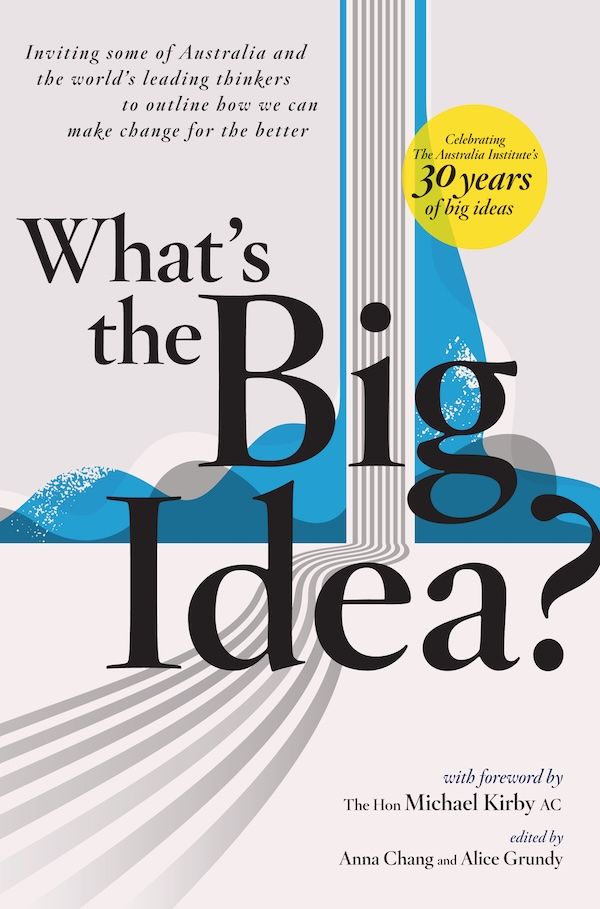
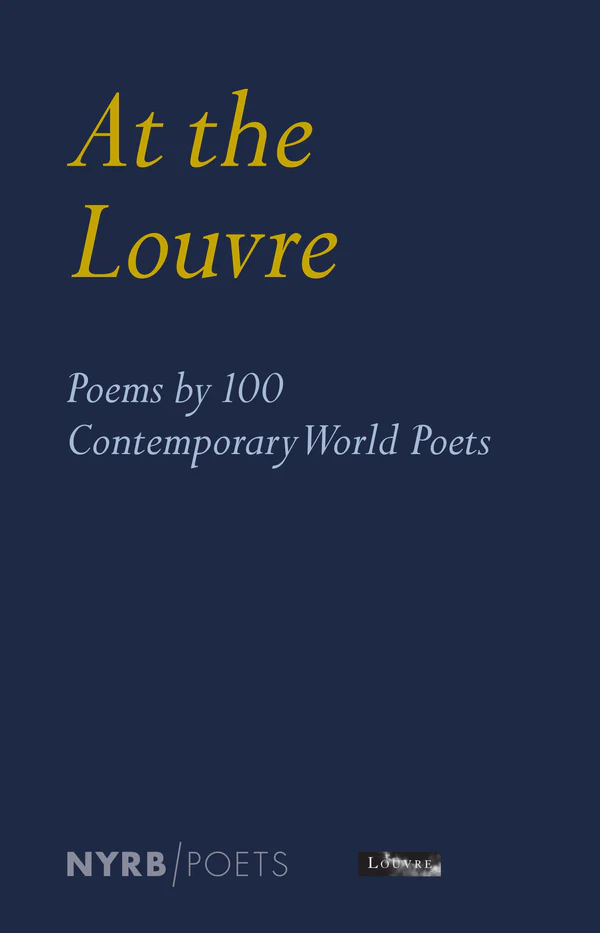

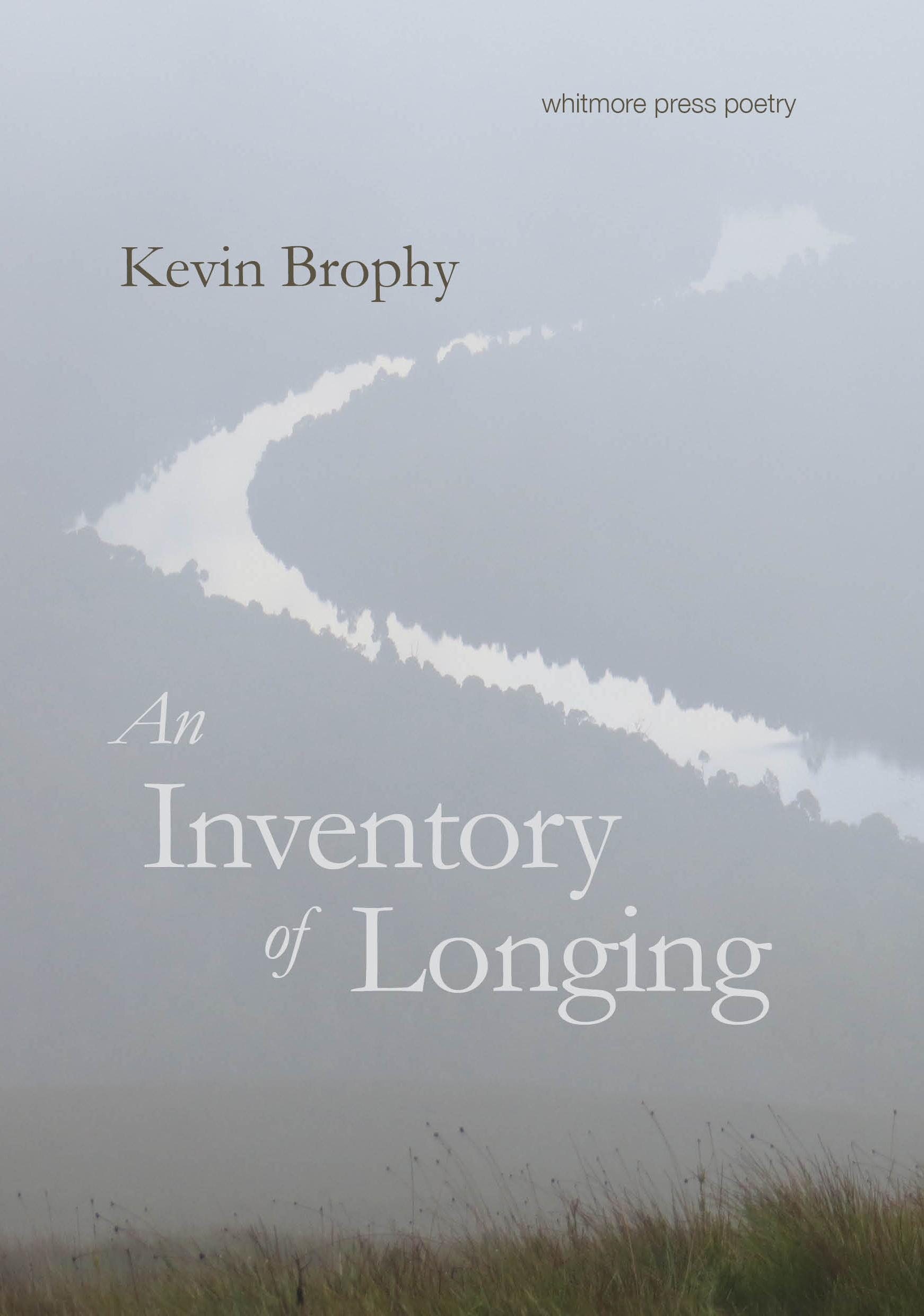
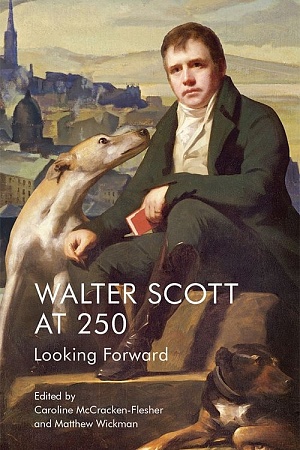
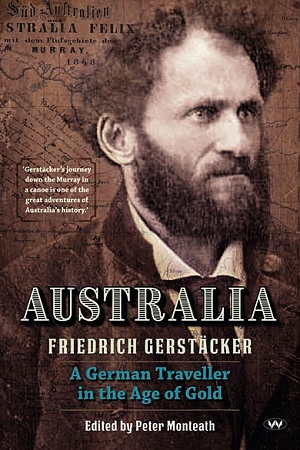
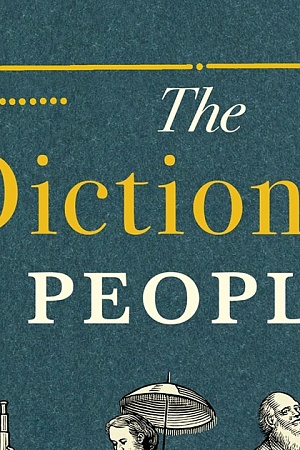
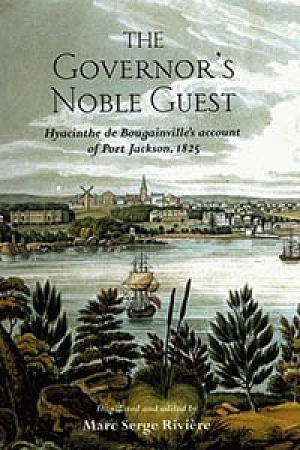
Leave a comment
If you are an ABR subscriber, you will need to sign in to post a comment.
If you have forgotten your sign in details, or if you receive an error message when trying to submit your comment, please email your comment (and the name of the article to which it relates) to ABR Comments. We will review your comment and, subject to approval, we will post it under your name.
Please note that all comments must be approved by ABR and comply with our Terms & Conditions.